Big Lake National Wildlife Refuge
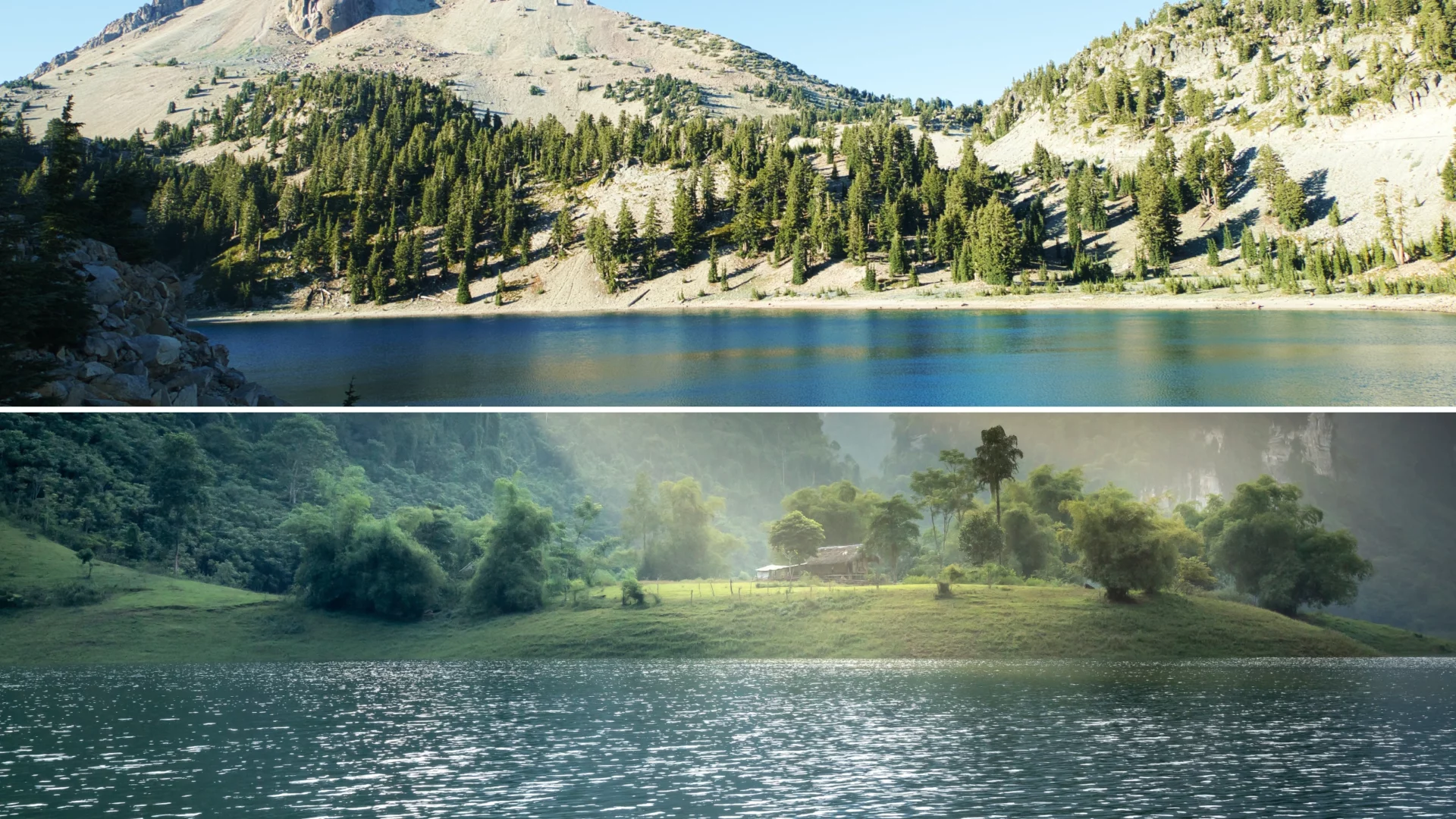
Big Lake National Wildlife Refuge, established in 1915, was created to provide a haven for migratory and wintering birds. Protecting vulnerable species has evolved into a primary focus of the refuge’s mission over time. Importantly, nesting eagles returned to Big Lake in 1989 and have been raising young there since 1993, playing a key role in rebuilding the bald eagle population.
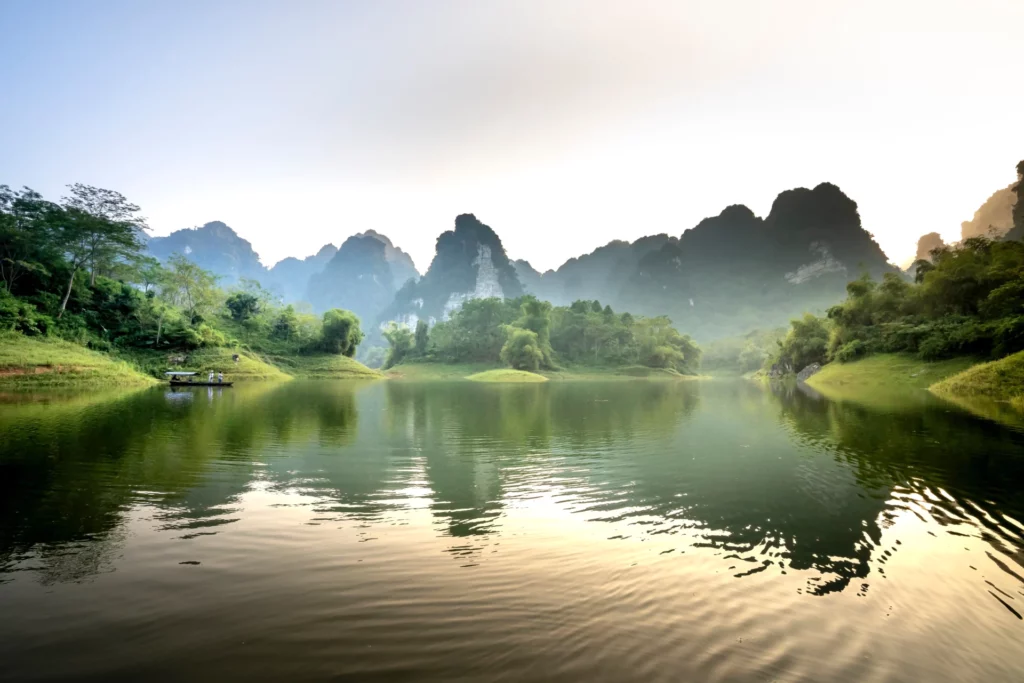
For the sake of the many species that call bottomland hardwood forests home, they must be preserved and restored. Various tree species surround the refuge’s wooded swamps, open water, and herbaceous wetland plants. Big Lake National Wildlife Refuge is a one-of-a-kind haven amid rapidly expanding farmland.
Things To Do At Big Lake National Wildlife Refuge
At Big Lake National Wildlife Refuge, you can engage in various activities such as hunting, fishing, observing wildlife, photography, and curriculum development.
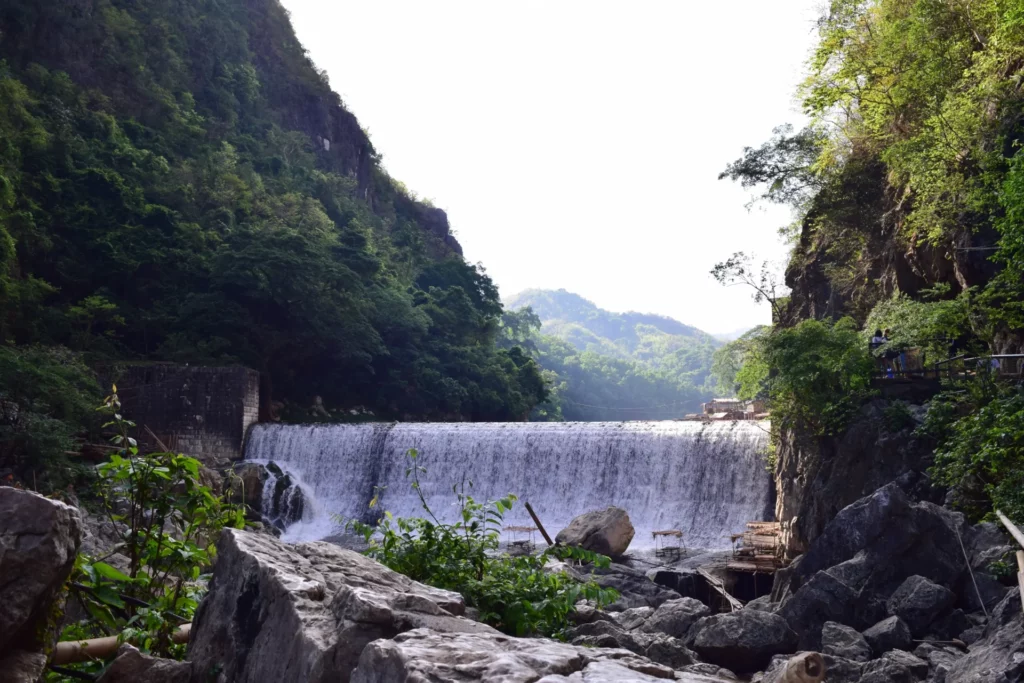
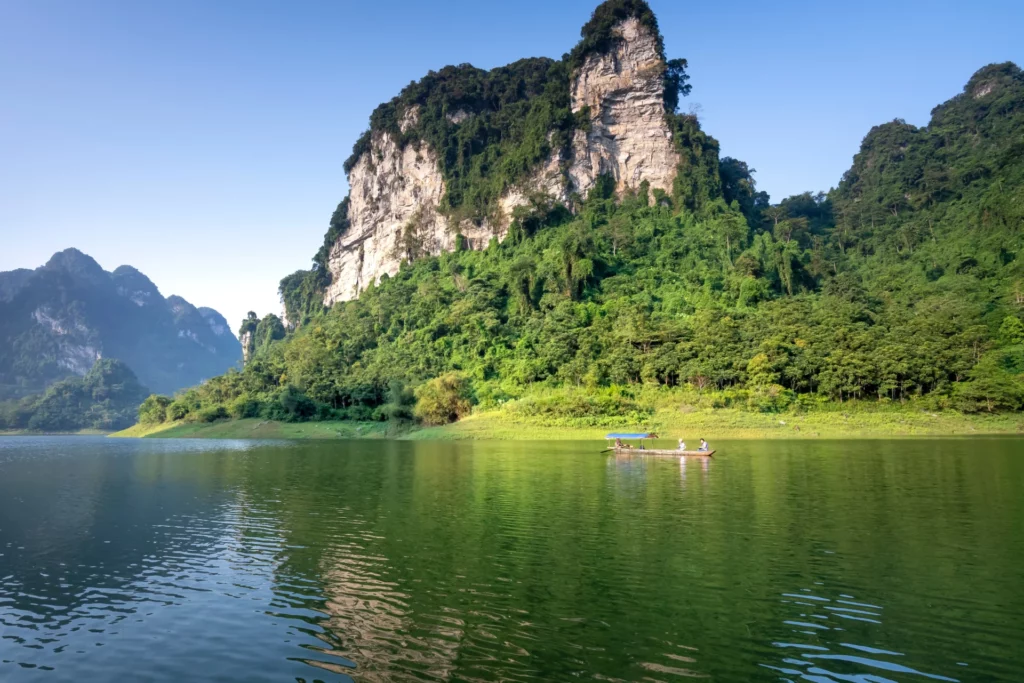
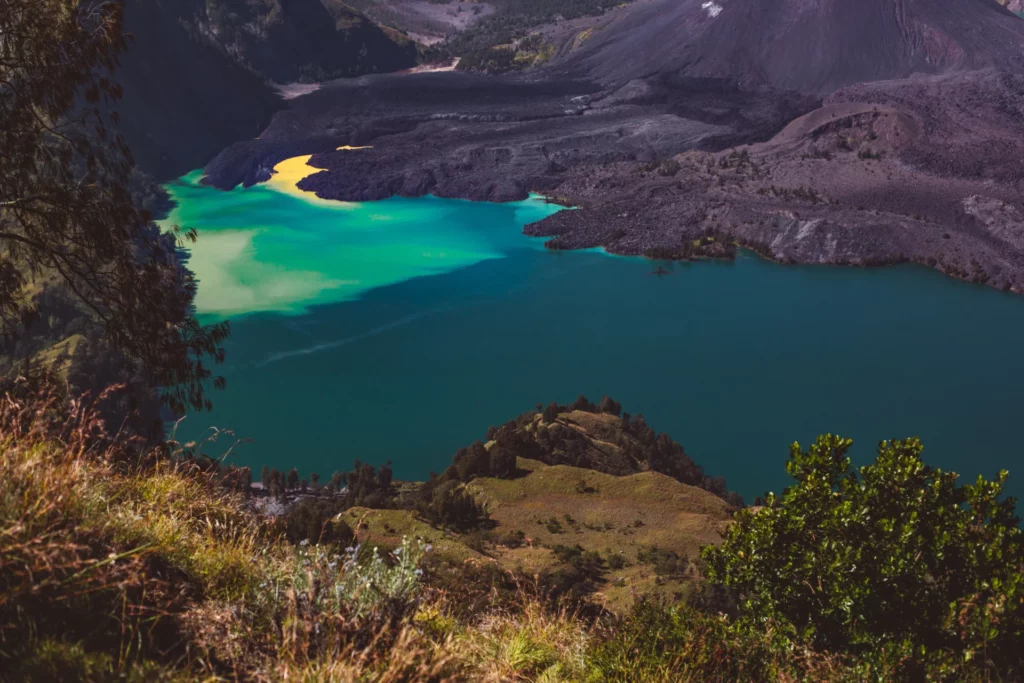
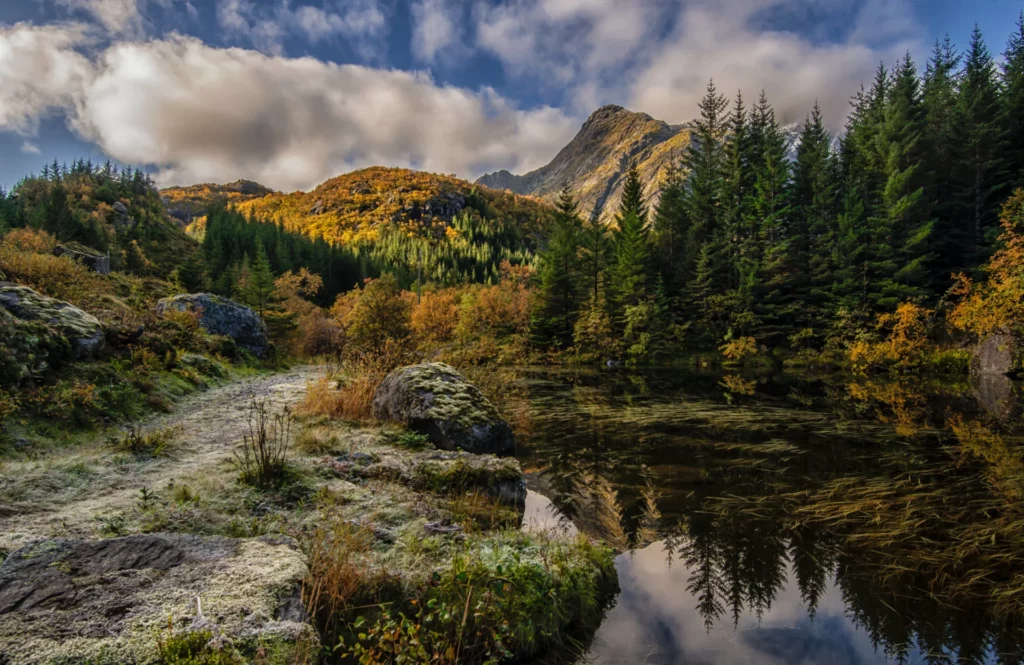
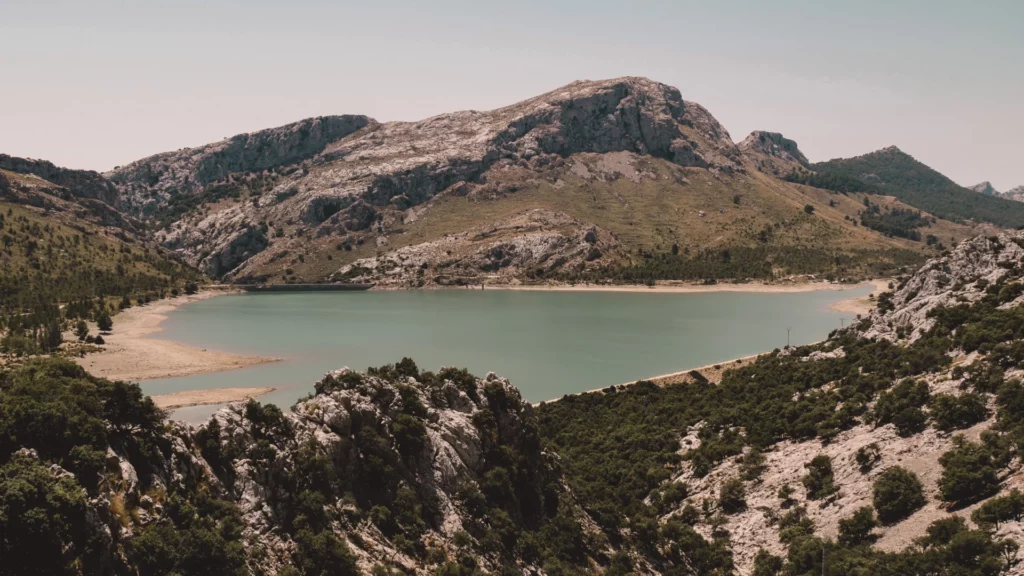
Hunting At Big Lake National Wildlife Refuge
Hunters can enjoy the great outdoors at Bald Knob National Wildlife Refuge. The refuge is maintained according to state and federal guidelines so that there are periods when hunters are allowed to go after ducks and other wildlife. Hunters can use the refuge’s beautiful scenery to pursue their hobby while aiding in wildlife conservation efforts. Before hunting in the refuge, sportspeople must get the appropriate licenses and permits and become familiar with the refuge’s special hunting guidelines.
Fishing At Big Lake National Wildlife Refuge
Anglers can cast a line at Bald Knob Big Lake National Wildlife Refuge. Because of its location so close to the Little Red River, the refuge is a great place to go fishing for a wide variety of fish. The refuge provides a tranquil and attractive backdrop for fishermen to enjoy their hobby, whether fishing from the riverbanks or setting out in a boat. Anglers might catch bass, catfish, crappie, and other varieties of freshwater fish. Adherence to fishing rules, such as licensing requirements, is essential to ensuring that future generations can enjoy fishing in the preserve.
Observing Wildlife At Big Lake National Wildlife Refuge
Bald Knob National Wildlife Refuge is a paradise for nature lovers, providing numerous chances to observe wild animals in their natural habitat. Visitors can see waterfowl, shorebirds, wading birds, and other migrating birds in their natural habitats. The refuge also serves as a haven for many mammalian, avian, and amphibian species. Visitors can enjoy the refuge’s natural beauty and the fascinating habits of wildlife whether they hike the refuge’s paths or sit quietly in a designated observation area.
Photography At Big Lake National Wildlife Refuge
Photographers can take advantage of Bald Knob National Wildlife Refuges magnificent scenery and abundant wildlife subjects. The refuge is a photographer’s paradise, from the minute details of bird feathers to the expansive panoramas of wetlands and woodlands.



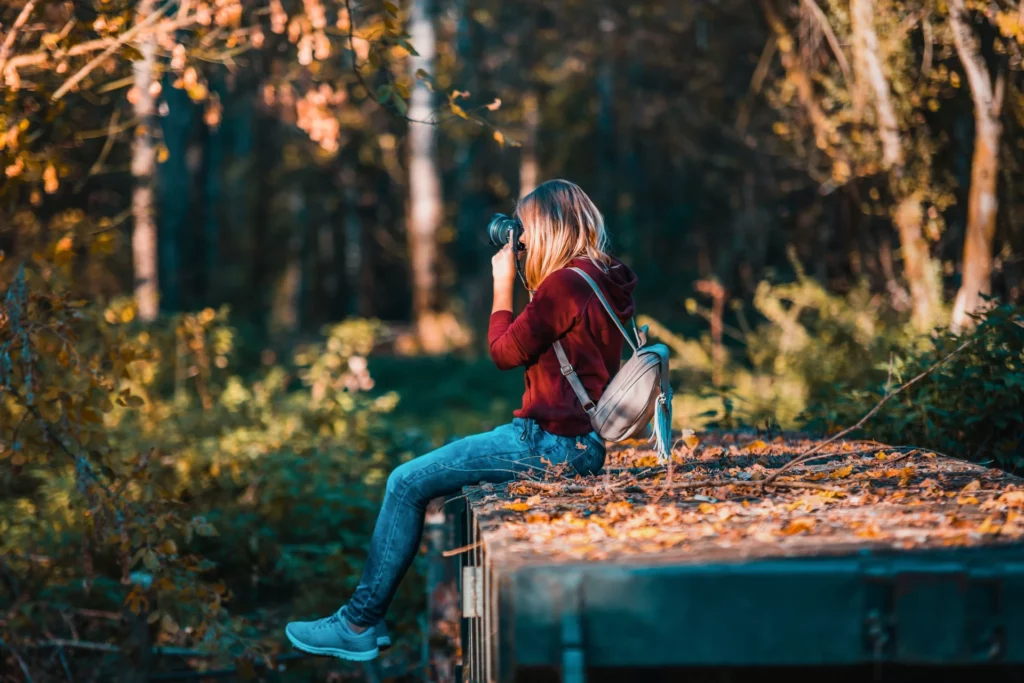

The refuge’s varied ecosystems and species abundance make it a fantastic location for photographers of all skill levels. Protect the refuge’s natural resources, and visitors are urged to use caution around wildlife and their habitats when photographing.
Curriculum Development At Big Lake National Wildlife Refuge
To better acquaint guests with the wildlife and conservation efforts at Bald Knob National Wildlife Refuge, the refuge hosts various educational events and activities. Activities like nature walks, discussions with an interpretative focus, and interactive demonstrations are all part of these events. Visitors can learn about the refuge’s role in wildlife conservation and the significance of preserving natural habitats. Visitors can strengthen their ties to nature and better understand why it’s so important to preserve Big Lake National Wildlife Refuge and its natural habitats by participating in these educational sessions.
Address: 2274 AR-18, Manila, AR 72442, United States
Phone: +1 870-564-2429
Management: U.S. Fish and Wildlife Service
Area: 11,047 acres (44.71 km2) (2014)
Established: 1915
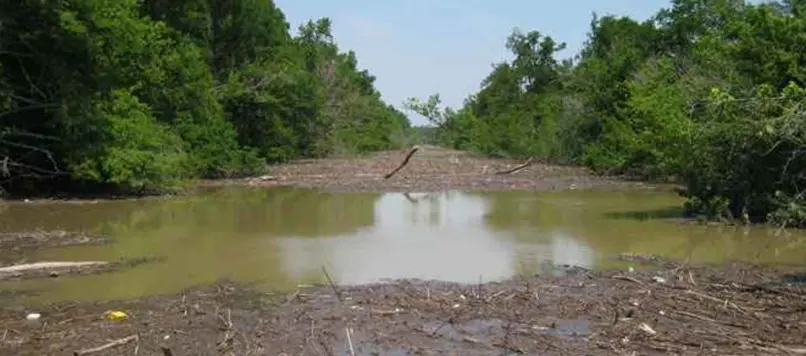

You must be logged in to post a comment.